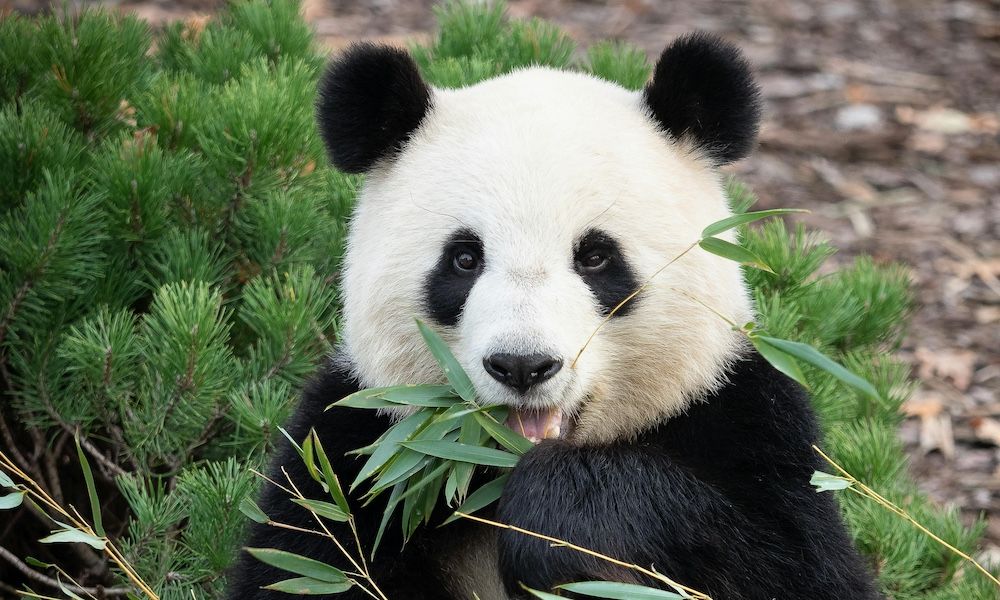When we think about the Amazon Rainforest, it’s hard not to be awed by its sheer scale and beauty. Spanning nine South American countries, this immense expanse of green is often called the "lungs of the Earth" due to its vital role in producing the oxygen we breathe. But beyond its breathtaking scenery, the Amazon faces some serious threats that could have global consequences.
The Amazon is like a gigantic living library, teeming with life. It hosts about 10% of the world’s known species, including fascinating creatures like jaguars, sloths, and the striking poison dart frog. But it’s not just the animals that make this rainforest special; the plants and trees here are crucial for medicine and scientific research, making the Amazon an invaluable resource for humanity.
This rainforest isn’t just important for its biodiversity; it plays a major role in keeping our planet healthy. It acts as a giant sponge, soaking up carbon dioxide from the atmosphere and helping to combat climate change. Additionally, the forest’s trees and plants release oxygen through photosynthesis, which is essential for our survival.
The Amazon’s influence extends beyond its own borders, affecting weather patterns across South America and even globally. When the rainforest suffers, the repercussions can be felt far and wide, impacting climate and weather around the world.
Unfortunately, the Amazon is facing several significant challenges. Deforestation is one of the most pressing issues, with vast areas being cleared for agriculture and cattle ranching. This not only destroys important habitats but also releases large amounts of carbon dioxide, exacerbating climate change.
Illegal mining also poses a serious threat. Gold and other minerals are extracted from the rainforest, often causing severe environmental damage and polluting waterways. This also leads to conflicts with indigenous communities who depend on the forest for their homes and livelihoods.
Climate change itself is another major concern. Rising temperatures and changing weather patterns make it increasingly difficult for many species to thrive. The increasing frequency of droughts and fires is turning parts of the rainforest into more savanna-like environments, which threatens its rich biodiversity.
Infrastructure development, such as roads and dams, further fragments the rainforest, making it easier for exploitation to occur. This additional pressure leads to even more destruction and degradation.
Efforts to protect the Amazon involve a range of strategies. Many areas are designated as protected zones where harmful activities are limited. These protected areas are crucial for preserving the forest’s biodiversity and ecological balance.
Supporting indigenous communities is also vital. These communities have traditionally managed their lands in a sustainable way, and recognizing their rights and involving them in conservation efforts can help protect the rainforest.
Promoting sustainable land-use practices is another important step. Techniques such as agroforestry and sustainable logging allow for economic activities without causing extensive damage to the forest.
On a global scale, international organizations and agreements work to fund conservation projects, advocate for climate action, and raise awareness about the Amazon’s significance.
While the Amazon might seem distant, there are ways we can all contribute to its protection. Supporting conservation organizations, choosing sustainably-produced products, and staying informed about environmental issues are all actions that can help.
The Amazon Rainforest is not just a spectacular part of our planet but a critical component of the global ecosystem. Protecting it is essential for maintaining the health of our world and ensuring a sustainable future. The fight to save the Amazon is a shared responsibility, and every effort counts.





